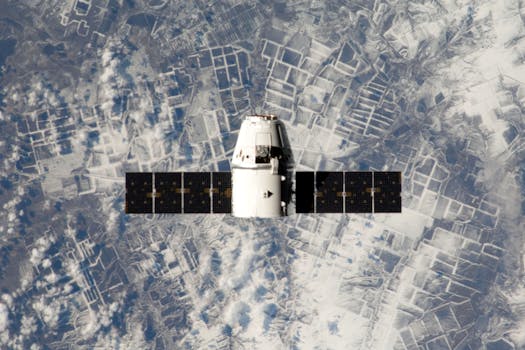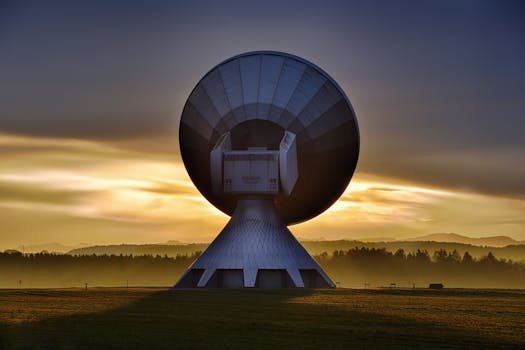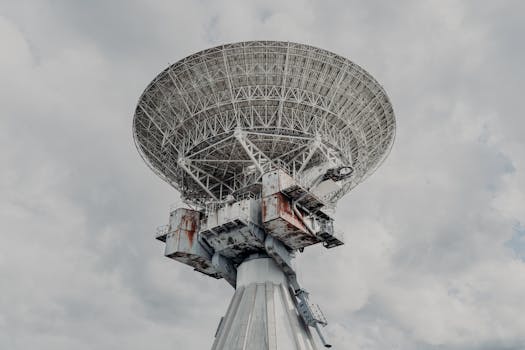
Satellite Telecommunications 2023: What’s New and What’s Next? – Advances in Satellite Tech
Satellite Telecommunications 2023 is an exciting and rapidly evolving field, with new technologies and innovations emerging every year. As we look to the future, it’s clear that satellite telecommunications will play a vital role in shaping the way we communicate and access information. In this article, we’ll explore the latest developments and advancements in satellite telecommunications, and examine what’s next for this dynamic industry.
Introduction to Satellite Telecommunications

Satellite telecommunications refers to the use of satellites to transmit and receive data, voice, and video signals. This technology has been around for several decades, but recent advancements have made it more accessible, affordable, and efficient. Satellite telecommunications is used in a variety of applications, including broadband internet, mobile networks, and television broadcasting. With the increasing demand for global connectivity, satellite telecommunications is becoming an essential component of modern communication systems.
Advances in Satellite Technology

One of the most significant advancements in satellite technology is the development of high-throughput satellites (HTS). These satellites offer faster data transfer rates and greater capacity, making them ideal for applications such as broadband internet and mobile networks. HTS satellites use multiple spot beams to cover a specific region, increasing the overall throughput and reducing interference. This technology has enabled satellite telecommunications providers to offer faster and more reliable services, making them more competitive with traditional fiber-based networks.
Another important development in satellite technology is the use of low-Earth orbit (LEO) satellites. LEO satellites orbit the Earth at an altitude of approximately 2,000 kilometers, which is much lower than traditional geostationary satellites. This lower orbit reduces latency and increases the speed of data transfer, making LEO satellites ideal for real-time applications such as video conferencing and online gaming. Companies such as SpaceX and OneWeb are launching constellations of LEO satellites to provide global coverage and offer a range of services, including broadband internet and mobile connectivity.
Future Prospects and Challenges

As satellite telecommunications continues to evolve, there are several future prospects and challenges to consider. One of the most significant challenges is the issue of spectrum allocation. With the increasing demand for satellite services, there is a need for more spectrum to support these applications. However, spectrum allocation is a complex and often contentious issue, involving regulatory bodies and industry stakeholders. To address this challenge, satellite telecommunications providers are working with regulators to develop new spectrum allocation strategies and to promote the use of more efficient technologies.
Another challenge facing the satellite telecommunications industry is the issue of space debris. As more satellites are launched into orbit, there is a growing concern about the accumulation of space debris, which can pose a risk to operational satellites and other space-based assets. To mitigate this risk, satellite telecommunications providers are adopting more sustainable practices, such as designing satellites for easier disposal and using more efficient launch systems. Additionally, regulatory bodies are implementing new guidelines and regulations to minimize the impact of space debris and promote more responsible satellite operations.
Conclusion

Satellite Telecommunications 2023 is an exciting and dynamic field, with new technologies and innovations emerging every year. From the development of high-throughput satellites to the use of low-Earth orbit satellites, there are many advances in satellite technology that are transforming the way we communicate and access information. As we look to the future, it’s clear that satellite telecommunications will play a vital role in shaping the way we connect and interact with each other. While there are challenges to be addressed, the prospects for satellite telecommunications are bright, and this industry is poised to continue growing and evolving in the years to come.
See more:





